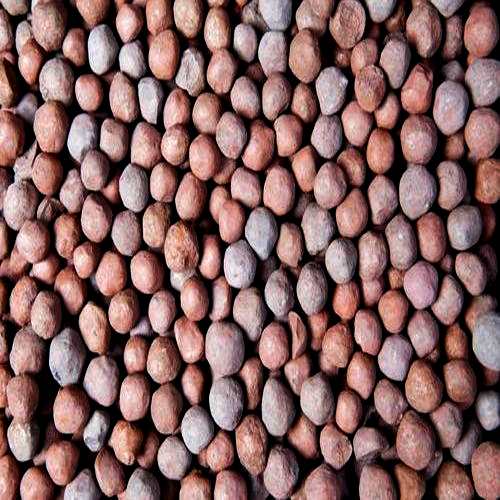The iron ore demand in the domestic market has witnessed a sharp fall due to the closure of the secondary steelmaking units and a decrease in export orders amid the coronavirus outbreak around the world, making the merchant miners uncertain about the future.
Mining operations in the country came to a halt despite the Government exempting the sector out of the lockdown restriction so as to maintain normalcy in the metal industries by restoring the raw materials. Prabodh Mohanty, general secretary of Eastern Zone Mining Association (EZMA) said, “The operations are limited to mechanized mining as most of the workers are not reporting to work due to family constraints”. The merchant miners export 50 percent while the rest are being consumed for domestic use.
Sponge iron plants and pellet manufacturing plants being the major consumers in the domestic market. However, China has started importing iron ore after the removal of lockdown. Miners have already started exporting to China but the demand is low. Mr. Mohanty said “Almost all the secondary steelmaking units in the country are closed after the lockdown. With no cash inflow, these industries will have a tough time arranging working capital to run their units after lifting of lockdown. Besides, they have recurring overhead costs like payment of salary to employees without any income. With the financial sector equally hit, all the industries badly required a bailout package for the resumption of manufacturing”.
He added that the production has been limited due to a fall in the dispatch of ores. Only 45 percent of the minerals extracted are being dispatched owing to lack of road transport and all the dispatches are only through railways.
However, major steel plants such as Tata, Jindal and Sail Authority of India Limited (SAIL) are having captive mines and are running smoothly despite the lockdown.
Out of the 126 operating mines in the State, the leases which got expired on March,31 for 24 iron ore and manganese mines, are in a transition phase with the successful auction of 20 mines. Around 80 blocks of the total operating mines are in the hands of private leaseholders.
Source: The New Indian Express



